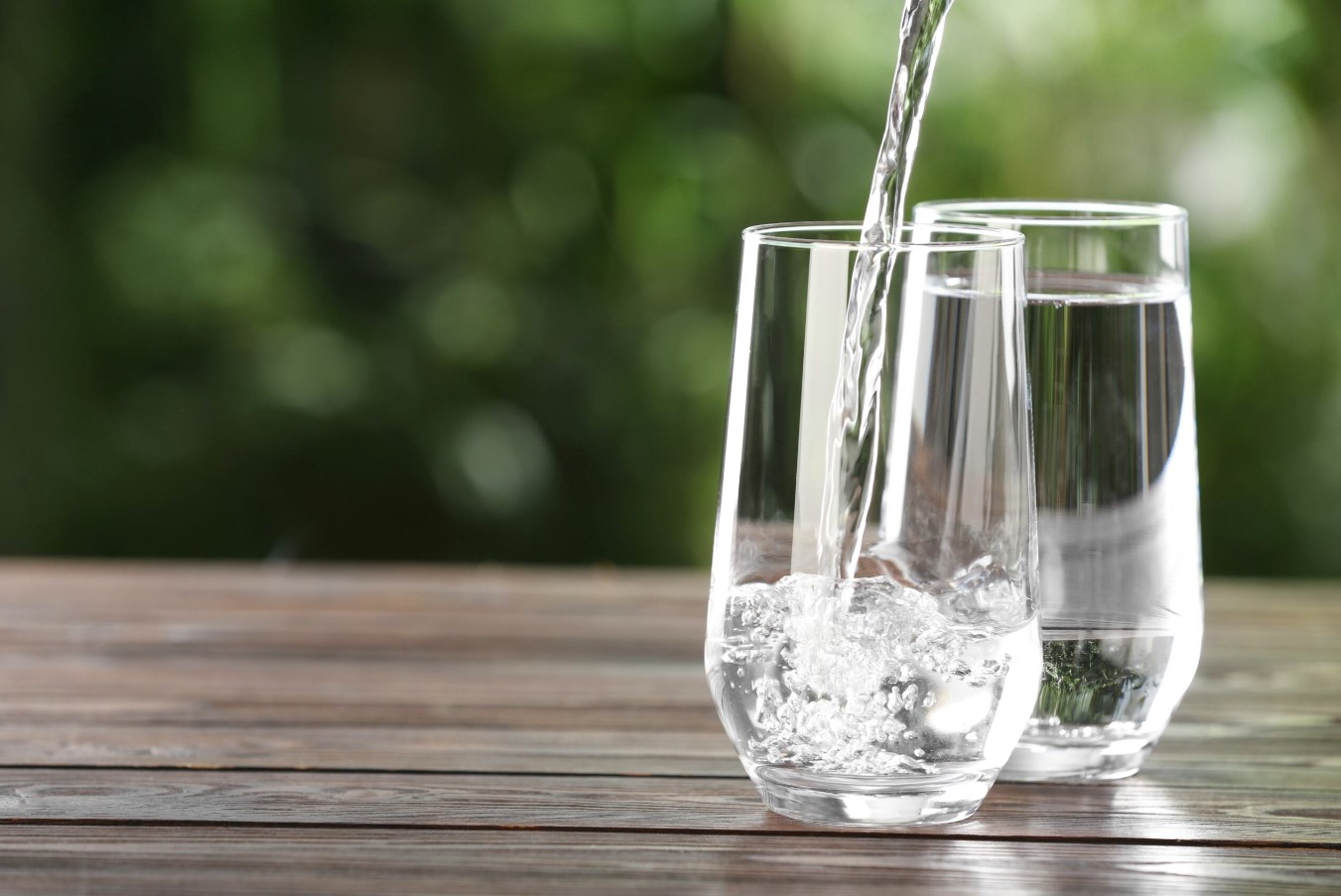According to the EFSA and the EPA it is necessary to carry out a risk assessment for pollinators and their exposure to plant protection products (PPPs).
Sampling of nectar, pollen and hive matrices (wax, pollen (bee bread), nectar / honey) can provide information to evaluate possible risks to pollinators from residual traces of plant protection products. The exposure of pollinators to potential residues is also possible via soil, plant matrices, water (vegetative plant material, flowers, guttation liquid) and dust generated during drilling of coated seeds.
Pollinator studies can be set up as pure residue studies with pollinators or without pollinators.
We can use honey bees, bumble bees and mason bees (Osmia) to sample pollen. For nectar sampling bees and bumble bees are used. Samples are collected from individual bees or are taken out of the hive.
The alternative method would be sampling of nectar and pollen by hand from flowers. We use the appropriate methods for the target crop based on our experience. Beside the main crops of the temperate zone we have also experience with coffee, cotton, citrus, melon, tomato, sweet pepper and tobacco. We also have developed a protocol to determine the sugar content of nectar and protein content of pollen.
The collection of samples can be carried out accompanying the evaluation of biological parameters as mortality, flight activity and brood development.
In recent years, Eurofins Agroscience Services has gained experience by conducting these studies in many countries including Denmark, France, Spain, Italy, Greece, Bulgaria Colombia, Chile, Brazil, and USA.
The analytical phase can be done in-house and is fully supported by our laboratories.
Our experience covers the following:
- Sampling of forager honey bees/bumble bees in front of the hives and in the field
- Preparation of pollen loads and honey stomachs from forager bees • Sampling of bee products from within the hive: nectar / honey, pollen, wax and royal jelly
- Sampling of pollen from brood chambers (Osmia)
- Sampling of plants and flowers
- Sampling of nectar from flowers (e.g. via capillary forces, centrifuge)
- Sampling of pollen from flowers (vibration, vacuum suction)
- Sampling of pollen from pollen traps (residue analysis, pollen source identification)
- Sampling of guttation droplets















